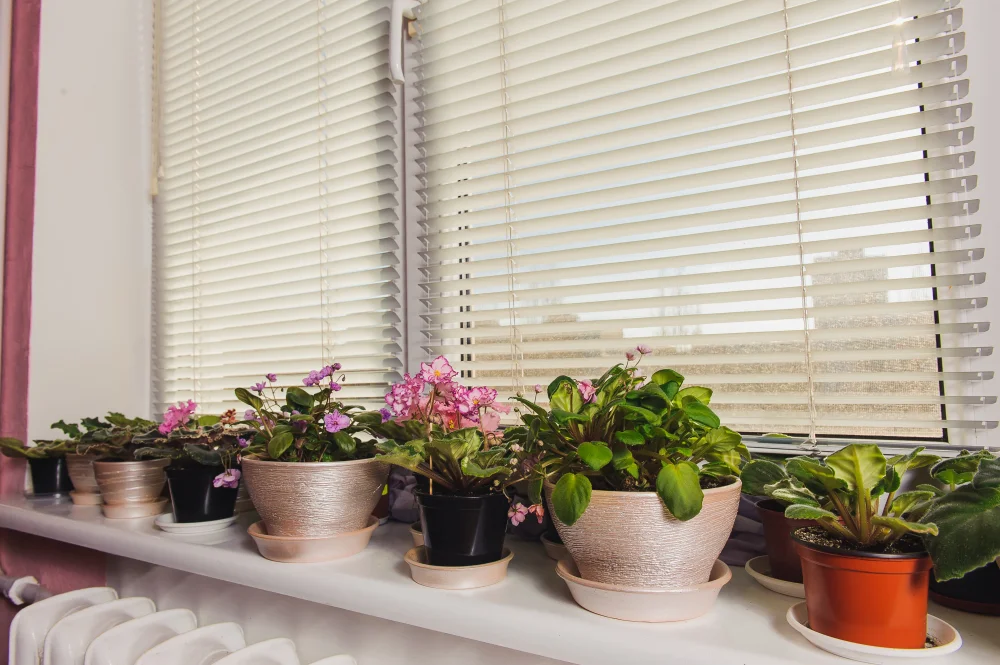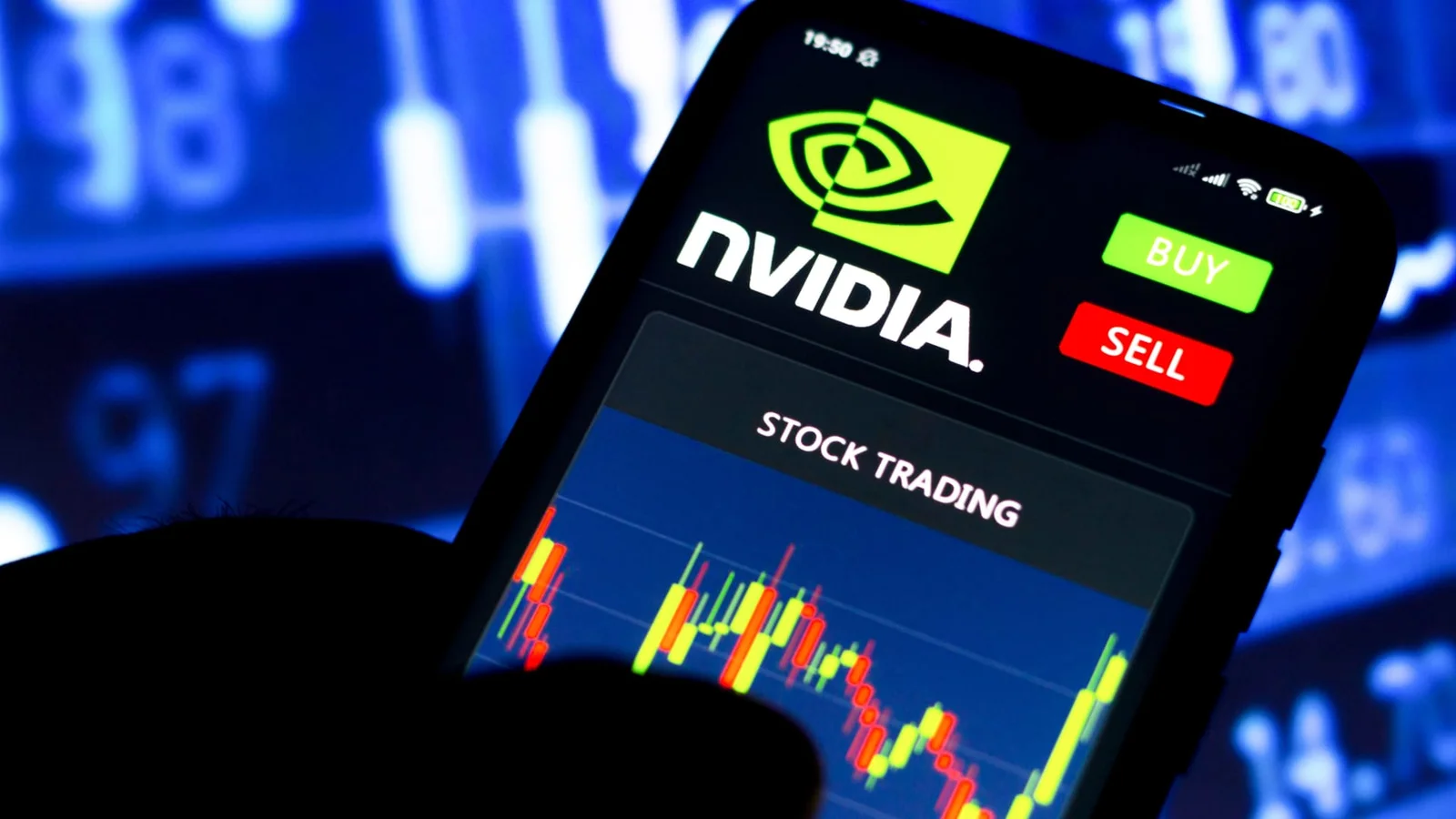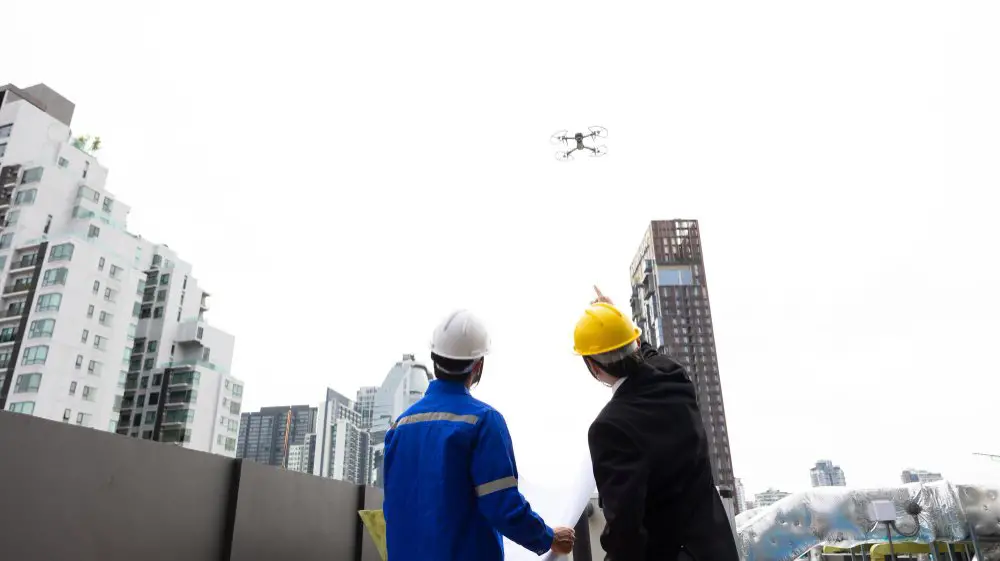Having an internet connection is not a luxury anymore, especially in the US. And as we pass through the half of 2023, there is a stark realization that there needs to be a lot of work done toward bridging the digital divide.
As of 2023, approximately 92% of Americans have access to an internet connection, which means that 7% do not However, the US ranks third after China and India regarding the number of active internet users.
In this article, we’ll explore some of the factors that are leading to this digital divide in the US.
Closing the Digital Divide – A Faraway Dream for Americans
By this year or the next, 50 million Americans will be learning that their internet connections have become slower, laggy, and more expensive. That may force many to get disconnected from the internet.
The reason behind this potential debacle is the Affordable Connectivity Program (ACP) running out of funds.
To give you an idea, ACP was introduced during the pandemic to provide a $30 per month subsidy for broadband internet users. Up to 16 million households signed up for such an initiative and that was meant to close the digital divide.
However, unfortunately for these broadband internet users, it has been reported that the funds for this program will be exhausted by the first half of 2024. This is a disaster for millions of Americans who rely on ACP to be able to afford an internet connection. This could also affect the economy and deprive the country of opportunities to grow due to wider connectivity.
Hence, the US government should create reforms that can prevent such a loss for the people and the country as a whole.
Internet Connection is Too Expensive
The Milken Institute Review claims that two out of five US households reside in an area that has only one or two ISPs and these millions of Americans from that area have only one choice!
In simpler words, if you live in an area where there is only one internet service provider, then that’s what you’ll be going for. Also, the same ISP can charge you whatever they want for their monthly services. And you’ll pay for it because you don’t have any other choice. That’s the dilemma millions of Americans are stuck in.
Having a monopoly on internet connection just gives ISP the advantage of deciding their own terms which many Americans struggle to fulfill.
Internet in Rural America
Many aspects of our daily lives are now shifting online, especially online health services. That means that you can avail of these services with the help of an internet connection.
But sadly, for many Americans residing in rural areas, that won’t be so easy. Or possible. A study conducted by the University of Cincinnati found disparities in access to an internet connection that is making it difficult for Americans to have access to online healthcare services. These individuals are facing barriers to adequate healthcare because they have lesser to no access to a high-speed internet connection.
This just goes to show that online health services, albeit extremely convenient, won’t be useful to everybody. Only people with an internet connection will be able to take advantage of this online service.
Facing obstacles to online health services is just one example of how an average rural American is deprived of his basic rights.
Wrapping Up
Despite what you have read in this article, many internet service providers in the US are doing everything to make sure that American households receive the best internet connections. Along with that communication with customer service has been made open. For instance, Xfinity customer service is available 24/7 for the customers to take advantage of that. It helps the customers learn that ISPs do consider their user experiences when providing these services.


















